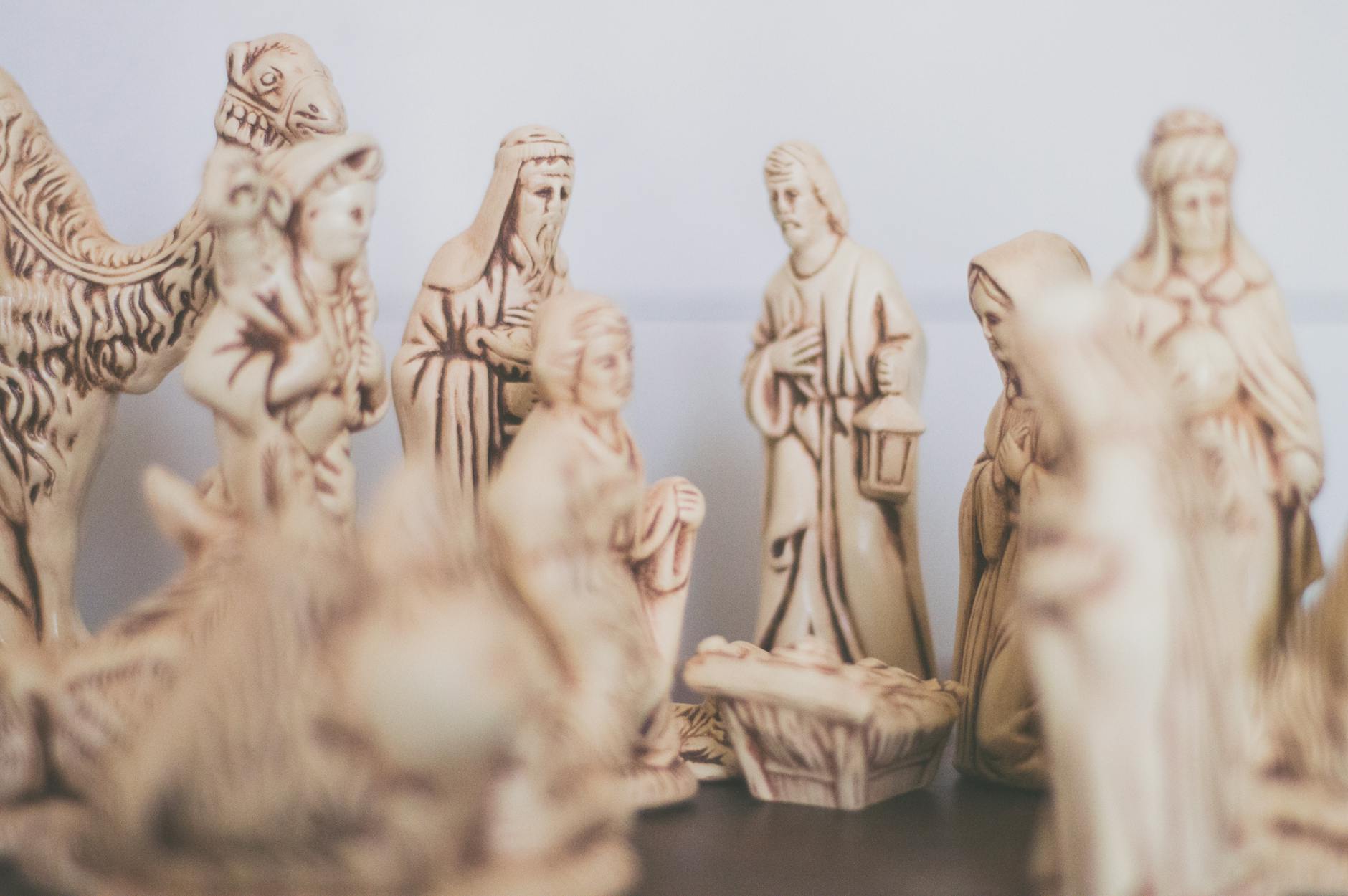The dazzling world of psychedelics has profound depths, rich in cultural significances and historical contexts. This article will take you on a trip through time, exploring the origins and evolution of psychedelic substances and their role in human societies.
Let’s start with the prehistoric periods discovered through archaeological findings, which suggest that ancient cultures across the globe used psychedelic substances. The use of psychedelics was predominantly attributed to shamanism, a spiritual practice that involved the use of altered states of consciousness, typically achieved through the consumption of psychedelics.
In Northern Africa, cave paintings believed to be from 5000 to 9000 years old depict figures holding mushroom-like objects. Scholars argue these may illustrate the use of hallucinogenic mushrooms during spiritual rituals. Meanwhile, in Central America, indigenous tribes were known to use substances like peyote and psilocybin mushrooms, an insight corroborated by archaeological findings.
Psychedelics also played a significant role in Greco-Roman cultures. The Eleusinian Mysteries, a secretive cult of Demeter and Persephone, is believed to have used a psychedelic drink called ‘kykeon’ during their rituals. Similarly, theories around the use of a psychedelic potion, ‘Soma,’ are well-documented in the ancient religious texts of India, the Rigveda.
Moving forward in time, the Middle Ages saw the decline of psychedelic use in Western cultures due to the rise of Christianity. However, psychedelic plants remained integral to many indigenous tribes’ spiritual practices worldwide, particularly in the Americas and Africa. Peyote, ayahuasca, psilocybin mushrooms, and other plant substances were reportedly used to induce visionary states.
The modern age saw the resurgence of interest in psychedelics in the mid-20th century, namely through chemists who first synthesized these substances in laboratory settings. The most famous of these scientists is, arguably, Albert Hofmann, who accidentally discovered the hallucinogenic properties of lysergic acid diethylamide (LSD) in 1943. This marked the beginning of an era known as the Psychedelic Age, leading to wide-spread experimentation with substances like LSD, psilocybin, and mescaline during the 1960s counterculture movement.
Inevitably, the widespread recreational use and ensuing moral panic led to stringent regulations. In 1971, the United Nations adopted the Convention on Psychotropic Substances, which placed a global ban on the production, distribution, and utilization of numerous psychedelic substances. The so-called War on Drugs further solidified these rules, particularly in the United States.
Despite their turbulent history, there has been a renewed interest in the therapeutic potential of psychedelics in recent years. A mounting body of research suggests that substances like psilocybin, LSD, and MDMA can be effectively used to treat a range of mental health disorders, such as depression, anxiety, PTSD, and addiction, under controlled settings. As such, the use of these substances, once confined to the realms of counterculture and indigenous spiritual practices, is gradually entering mainstream medicine.
In conclusion, the story of psychedelics is an intricate tapestry—a rich depiction of their symbolism and role in shaping human consciousness and spirituality. Their cultural significance cannot be underscored enough, and neither can their therapeutic potential. As society gains a better understanding of these substances, we are left to wonder: Can the ancient practices of our ancestors hold the key to the future of mental health? Only time will tell as we continue to explore the profound depths of psychedelic experiences.
Sources:
– Sapiens.org
– Ancient.eu
– Convention on Psychotropic substances








